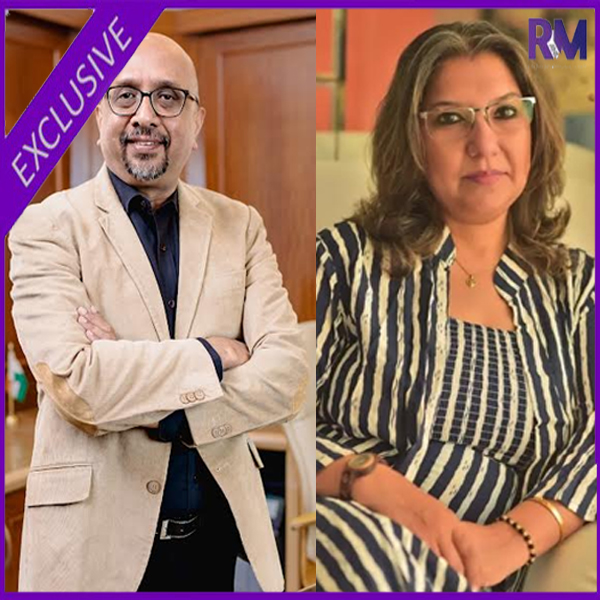MUMBAI: In a significant shift, the Indian Performing Right Society (IPRS) is expanding its outreach beyond metros, engaging with creators at grassroots events and regional festivals like the Pahari Goat Rap Festival. This initiative is part of a broader push to democratize music rights knowledge and bring creators from remote regions into the formal IP ecosystem.
“The strength of Indian music lies in its diversity—its geography, dialects, and stories,” says Mrs. Rumpa Banerjee, Head of MarCom & Member Relations at IPRS. “For too long, conversations around copyright and royalties have been limited to urban centres. But creators in places like Ladakh or Nagaland are not just artists—they’re storytellers and cultural archivists.”
Through campaigns like My Music My Rights and programs such as IPRS Stage, the organization is bridging the awareness gap. By offering workshops in local languages and using real-life examples, IPRS is helping creators understand the value of their IP and the tools to protect it.
“We’re seeing a rise in creators registering works and asserting their rights. It’s not just theoretical—it’s changing lives,” Rumpa adds.
The impact is clear: increased membership from remote regions, higher workshop attendance, and growing awareness. “True inclusion in the music economy means no creator is left behind—regardless of geography, language, or genre.”
Balancing Innovation and Integrity in the Age of AI
As AI-generated content becomes more mainstream, IPRS is sharpening its focus on ensuring human creators remain protected—especially those from regional and indigenous music scenes.
“Innovation is welcome, but it must not come at the cost of originality or creative ownership,” says Mr. Rakesh Nigam, CEO of IPRS. “Our stance is clear: human creativity must remain central.”
To this end, IPRS is advocating for ethical AI practices and working with global bodies to ensure creators consent to how their content is used in AI training. The organization is also strengthening rights education in remote areas, ensuring metadata transparency, and fostering inclusive conversations about AI’s role in music.
“Without strong safeguards, AI could dilute cultural authenticity. But we view this not as a threat—but as a call to action.”
IPRs Sees Ladakh’s Rap Scene as a Powerful Cultural Movement
Reflecting on the unique rise of Ladakhi rap—a genre rooted in resistance and identity—Rumpa says,
“This music isn’t just art—it’s a cultural document. These voices deserve recognition, protection, and remuneration.”
With regional music gaining traction globally, IPRS is ensuring that creators in such communities have access to copyright education and royalty systems. By registering their works and joining the rights economy, these artists are safeguarding their narratives while building sustainable careers.
Demystifying Metadata for First-Generation Creators
Recognizing that terms like licensing and metadata can feel overwhelming for regional artists, IPRS is simplifying the process.
“We use real-world examples, interactive workshops, and explain things in local languages,” says Rakesh. “We’re making sure creators understand how royalties are generated and how their music can be tracked and monetised.”
Alongside grassroots efforts, IPRS is strengthening its digital infrastructure with a simplified member portal, regular online training, and help-desks to support creators end-to-end.
Going Hyperlocal Is Key to India’s Royalty Boom
With India’s royalty collections crossing Rs 700 crore, the next frontier is inclusion.
“This milestone means little unless it’s inclusive,” says Rakesh. “Music from regions like the Himalayas is rich and unique. These creators must be empowered to register, protect, and earn from their works.”
IPRS is actively building hyperlocal networks to ensure remote artists can fully participate in the music economy.
“Every voice matters. When we ensure a song born in Ladakh can earn its creator a royalty in Mumbai or Berlin—that’s when India truly becomes a creative powerhouse.”
